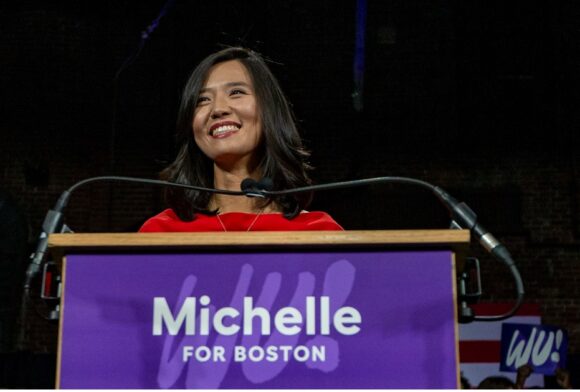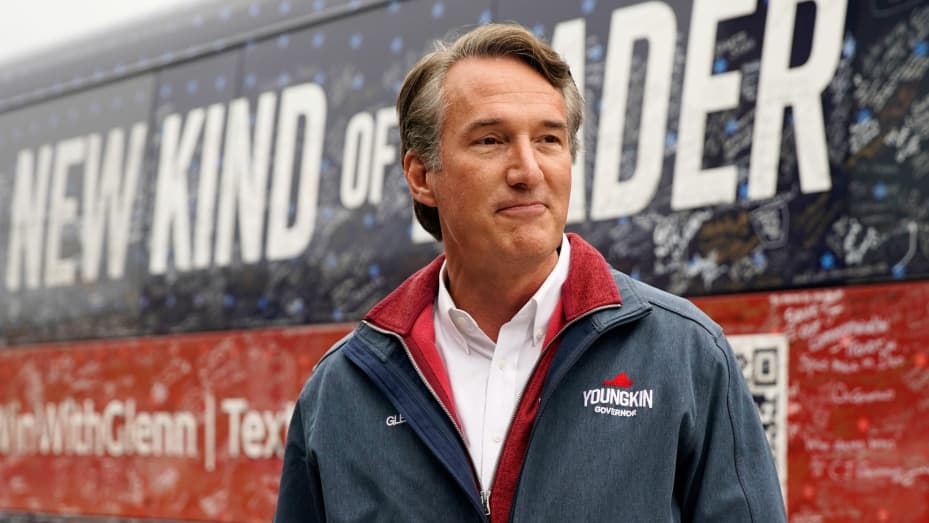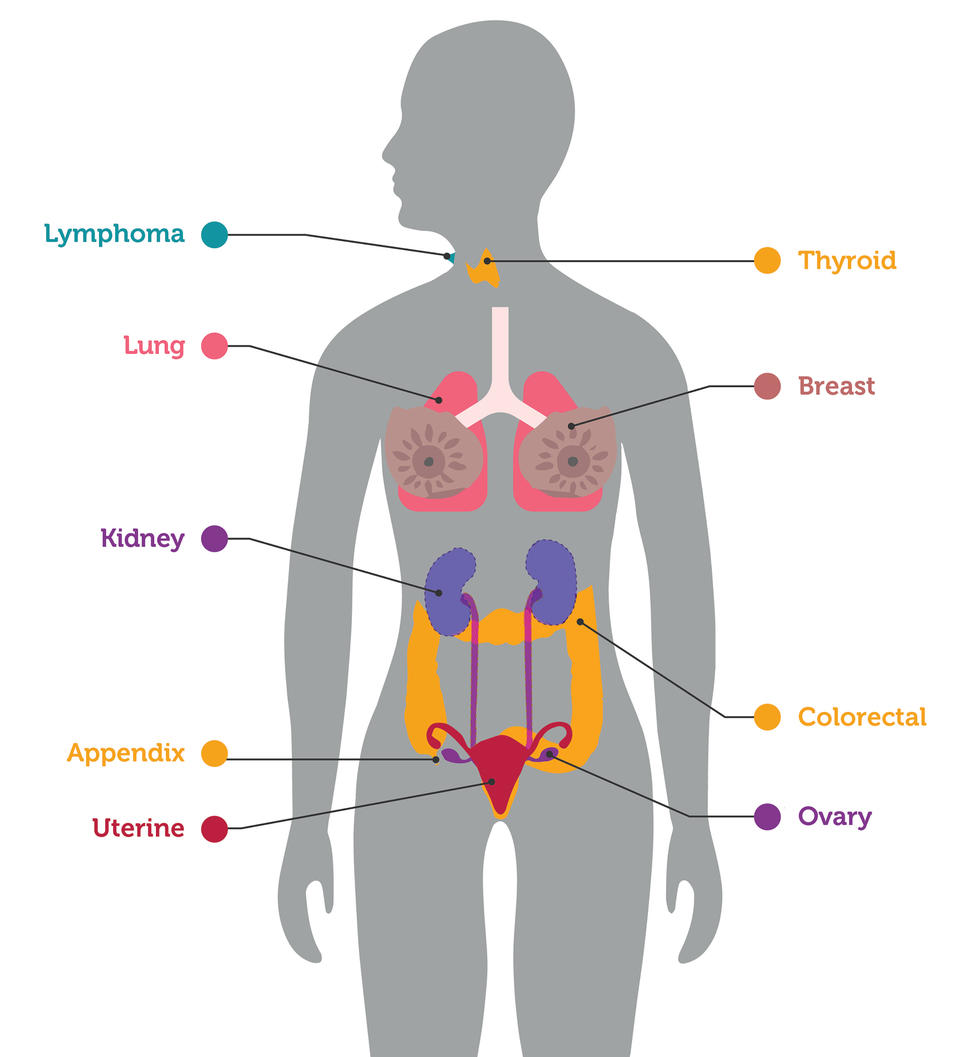
Dear Commons Community,
Tomorrow, the most closely watched election contest will be in Virginia, as Democrats desperately try to hold on to power in a state that has provided some of the party’s biggest victories in recent years. However, the final days of the 2021 election have brought waves of anxiety and anguish for Democrats as tightening polls suggest the party could lose control of a state that has provided some of its most resounding and important victories.
Polling averages between Democrat Terry McAuliffe, who was governor from 2014 to 2018, and Republican Glenn Youngkin, a career private equity executive, show either a deadlocked race. or Youngkin with a slight lead. A Washington Post poll found the race virtually deadlocked and statistically unchanged from a month ago. As reported by the Huffington Post and other news media.
Youngkin and the state Republican party have launched a full-scale culture war in an attempt to sway independent voters. He’s run ads stoking fears about critical race theory in schools, including one where a woman obliquely complains about the teaching of a classic Toni Morrison novel. They’ve also lied about a sexual assault in a Virginia school in order to stoke anti-trans panic. They’ve adopted ― or at least winked and nodded toward ― some of former President Donald Trump’s most dangerous lies about the 2020 election, and even spread their own.
If the polls are correct (and they may not be), the strategy might just work.
Both parties are focused on the national implications of Tuesday’s result. Virginia’s gubernatorial contest is the first major swing state election since Joe Biden won the presidency last year ― a fact Youngkin was slow to acknowledge during the Republican primary ― and massive test of whether Democrats can replicate their success in once-red suburban areas with Trump out of the White House, if not out of the picture entirely. A Republican win, meanwhile, will boost the GOP’s hopes of big victories in key House, Senate and gubernatorial races in next year’s midterm contests.
Whether Virginia is actually a bellwether is unclear ― the results there in 2009 and 2017 presaged big gains for the victorious party in the ensuing midterm elections, but the governor’s race in 2013 did nothing of the sort. Regardless, the lessons each party takes away from the race are likely to reverberate across the country in 2022, and a GOP victory would force Democrats to reckon with a terrifying reality: that Trumpism can win even in a place Trump himself could not.
More immediately, the outcome will have serious and direct consequences for the state of Virginia.
Over the last eight years, Gov. Ralph Northam (D) and McAuliffe before him have approved major legislation to expand voting rights, abolish the death penalty, strengthen gun laws and roll back restrictions on abortion. Democrats’ seizure of the state legislative majority in 2019 handed the party total control of Virginia for the first time in a quarter century, a result that not only paved the way for a similar Democratic takeover of Congress and the White House a year later, but seemingly broke the Republican Party in an important Southern swing state.
Now, just two years later, Republicans are eying a resurgence that could see them oust Democrats from the governor’s mansion and win back the majority in the House of Delegates, the sort of victory that could either blunt McAuliffe’s agenda, should he win, or significantly boost Youngkin’s hopes of enacting his own regressive plans.
Republicans must flip six seats to regain majority control in the House of Delegates, the lower chamber of Virginia’s legislature in which all 100 seats are up this year. (The state Senate, where Democrats hold a 21-19 majority, won’t hold elections until 2023.) And while generic polls have shown Democrats holding a slim lead in legislative contests, anxieties about the top of the ticket ― and a national focus on the governor’s race ― have generated familiar concerns that Democrats may be overlooking the importance of holding the majority.
“The narrow margin in Virginia is yet another reminder that if the people who care about protecting democracy in this country overlook state legislatures, we will lose,” said Simone Leiro, a spokesperson for the States Project, a progressive group that focuses on state legislature elections.
Nationally, Democrats have long faced allegations that they under-prioritize state legislatures, a claim fueled by their loss of nearly 1,000 legislative seats during Barack Obama’s presidency. (Obama himself came to Richmond to campaign for McAuliffe and the Democratic ticket last week, in an effort to drive up enthusiasm and turn Virginians out during the early voting period.)
Holding the majority was always going to test Democrats’ nascent strength in Virginia, maybe even more so than the gubernatorial race. In 2019, they flipped several districts that had long favored Republicans, and had voted for Trump just three years prior. The GOP has keyed in on many of those races in hopes of a rebound, but Democrats remain quietly confident they will emerge from the Nov. 2 with their majority intact, even if they ultimately lose a seat or two.
“This election is about so many things, but the most important thing it’s about is, ‘Can we have a small-d democracy and can everyday people participate?’ That is what is at stake.”
Much like McAuliffe, Democrats down the ballot have argued to voters that they’ve delivered on their promises. And they have painted state legislative races as vital to enacting the most ambitious parts of McAuliffe’s agenda, including paid family leave, a $15 minimum wage and investments into public education.
Some of that confidence is rooted in the GOP’s list of challengers, which includes numerous candidates who have questioned the results of the 2020 presidential election, downplayed the COVID-19 pandemic, and called for laws that would essentially outlaw abortion, a position at odds with Virginia voters writ large. Democrats prospered in the suburbs of northern Virginia, the Richmond area and along the southeastern coast in 2019, and they argue that the Republican candidates are too extreme to woo those voters now.
“The candidates the Republicans are running in the House of Delegate races are not the kind of individuals that are going to win those voters back,” said Christina Polizzi, a spokeswoman for the Democratic Legislative Campaign Committee, the party’s state legislative campaign arm. “They are, by and large, in the same vein as Donald Trump. That is reflective of where the base of the party is, but it’s not reflective of where swing voters in Virginia are.”
That radicalism has also heightened the stakes, and the nerviness, of the fight for the legislature. On the stump, Democrats have warned that Republican control could lead to Georgia-style voting rights restrictions, a Florida-style approach to the pandemic, Texas-style abortion laws, and the passage of the sort of anti-LGBTQ and anti-trans statutes that have swept through GOP-dominated legislatures — which have served as an incubator for the extremism that fueled Trump’s rise and the GOP’s hard rightward turn — this year.
“They want to dismantle all the progress that we made on voting rights and all the progress we made making Virginia more open and more welcoming,” Del. Eileen Filler-Corn, the Democratic speaker of the House of Delegates, said at a Richmond campaign rally in October. “They will try to strip away everything we have done to protect women’s health care and to reduce gun violence and to make our commonwealth better for workers and businesses. What they really want is the legislature and the governor who defers to Donald Trump, but we won’t let that happen.”
A GOP victory, Democrats argue, could even put the country’s democracy at risk.
“This election is about so many things, but the most important thing it’s about is, ‘Can we have a small-d democracy and can everyday people participate?’” U.S. Sen. Tim Kaine (D-Va.) said at the rally. “That is what is at stake.”
Since taking control of the Virginia House of Delegates in 2019, Democrats have expanded voting rights, abortion access, and LGBTQ protections, and acted as aggressively as any other state legislature in advancing the party’s major priorities.
Both Republicans and Democrats say they have emphasized legislative races, even as the major statewide contests garner the most attention. Five of this year’s contests rank among the top 10 most expensive House of Delegates races in Virginia history.
Youngkin’s PAC has contributed $533,250 to GOP legislative candidates, according to the Virginia Public Access Project. The Republican State Leadership Committee, a PAC focused on state legislatures, said in August that it planned to spend $1 million in concert with the Republican Party of Virginia in an effort to target 12 key House of Delegates races.
The Democratic Party of Virginia, meanwhile, said in September that McAuliffe’s campaign and the Democratic National Committee had allocated $11 million to a coordinated campaign that includes legislative races.
A Democratic spokesperson did not clarify how much of that budget is specifically devoted to legislative campaigns, but more than half of the party’s organizers and volunteers are working in targeted House of Delegates districts, according to a September memo. The Democratic Legislative Campaign Committee and its affiliated groups have spent more than $3 million in Virginia this year.
Losing Virginia would be devastating for Democrats, especially after a crucial cycle in which the party failed to flip a single GOP legislative body ahead of this year’s round of redistricting. Of the eight chambers Democrats did turn during the Trump years, none was a bigger deal than Virginia’s, which gave the party a foothold in the South and seemingly cemented the state’s transition to solid blue. A Republican return to power would strip Democrats of control of a legislature that has perhaps done more to aggressively advance the party’s major priorities than any other over the last two years.
Virginia Democrats successfully expanded Medicaid in 2018, after a cycle in which they drastically shrunk the GOP’s majority. That has allowed more than 500,000 Virginians to access health care through Medicaid, according to state figures.
Since regaining majority control of both chambers, Democrats have expanded abortion access and insurance coverage of abortion procedures and contraception. They have approved criminal justice reforms, enacted new protections for LGBTQ Virginians, made investments into teacher salaries and pre-kindergarten programs, passed new gun control laws, and created programs to transition Virginia off of fossil fuels entirely by 2050.
This year, they abolished the death penalty and passed one of the nation’s most expansive voting rights laws.
Steve Bennett, a Democratic voter from the Richmond suburbs, said that he was excited to vote to help the party protect those gains, particularly on voting, abortion, gun laws and health care. But he also worried that Democrats are struggling to find the energy necessary to turn out in big numbers against a Republican ticket led by Youngkin, a first-time candidate who has essentially run two separate campaigns.
In TV ads and appearances, Youngkin has pitched himself as a Bush-era Republican everyman focused on sizable tax cuts, salary hikes for teachers and police officers, and funding for 20 new charter schools. But at campaign events, he has tossed red meat to the Trump base, entertaining voters’ election conspiracies, campaigning with state lawmakers who’ve argued the 2020 election was stolen and that the Virginia governor’s race could be, touting his proposed “Election Integrity Task Force” and support for restrictive voter ID laws, and hinting that he’ll push for harsher anti-abortion policies as governor than he does on the trail, where he knows such positions could cost him votes.
“I’m hoping the enthusiasm will pick up on the Democrats’ side,” Bennett, 68, said. “Youngkin pretends to be a country club Republican, but he’s pretty radical.”
GOP gubernatorial nominee Glenn Youngkin has pitched himself as a moderate outsider focused on tax cuts and charter schools — while also weaponizing “critical race theory” and nodding to election conspiracies in an effort to mobilize conservative voters.
The state legislative majority will likely come down to a handful of key races that were decided by close margins two years ago. In Virginia Beach, Del. Alex Askew (D) won by 800 votes in 2019. Del. Roslyn Tyler (D), who has represented her southern Virginia district since 2006, won by 500. And Del. Nancy Guy (D), whose district includes parts of Norfolk and Virginia Beach, defeated a GOP incumbent by just 27 votes in 2019.
Republicans also spot pickup opportunities in districts that had larger Democratic margins: Del. Wendy Gooditis (D) won her contest by roughly 5 percentage points, but Youngkin and the GOP have poured resources into her area of northern Virginia, where they have pushed some of their most aggressive rhetoric about the supposed threat of “critical race theory,” which isn’t actually taught in Virginia public schools, and tried to play into some parents’ anger over in-person schooling closures during the pandemic.
The GOP has also taken aim at Dels. Chris Hurst in Blacksburg, Joshua Cole in northern Virginia, Rodney Willett in suburban Richmond, and Kelly Convirs-Fowler in Virginia Beach, all areas of the state where Republicans once thrived before losing ground under Trump.
Democrats, meanwhile, have eyed their own pickup opportunities, particularly in two suburban Richmond districts, that could blunt the effect of any GOP victories. There are also competitive races for open seats, including in Democratic lieutenant governor candidate Haya Ayala’s northern Virginia district, that could help determine majority control.
The GOP has focused its campaigns on tying Virginia Democrats to the national party, and ran ads early in the cycle linking them to House Speaker Nancy Pelosi (D-Calif.) and Senate Majority Leader Chuck Schumer (D-N.Y.). After initial attempts to tie Democrats to activist calls to “defund the police” seemingly failed to motivate voters, Republicans shifted their focus to education, blasting Democrats for school closures, accusing them of waging a “war on parents” and leaning into the broader conservative fight to ban schools from teaching about racism ― or, in GOP parlance, “objectionable content” and “racially divisive curriculum” in schools.
Perhaps even more so than Youngkin, who took months to acknowledge Biden’s victory and has repeatedly refused to denounce conservative conspiracy theories about voter fraud from the stump, the GOP’s candidates in key legislative races highlight the party’s increasingly anti-democratic stance on elections.
Mike Cherry, a Republican running for an open seat that Democrats have targeted, defended three GOP delegates who were stripped of their committee assignments after they petitioned former Vice President Mike Pence to overturn the results of Virginia’s results in the 2020 election.
Karen Greenhalgh, the Republican challenging Askew, suggested at a campaign event that the GOP didn’t do enough to ensure “election integrity” in 2020, and that as a result, “we don’t really know what happened” during the contest. She has launched an “Election Integrity Program” as part of her campaign, adopting the euphemism Republicans nationwide have used to nod toward Trump’s election conspiracies and roll back voting rights.
Tim Anderson, who is running against Guy, and Tim Cox, who is challenging Democrat Briana Sewell for Ayala’s old seat, have both adopted the “election integrity” mantle to call for more aggressive voter ID laws and other voting restrictions.
Anderson, Cox, Cherry and Nick Clemente (the GOP candidate challenging Gooditis), also all lent support to a new audit of voting machines “to ensure that no illegal manipulation of votes occurred in the 2020 election” in a candidate survey. Virginia’s state elections board has already conducted an audit of the machines, and confirmed the result of the race.
Several GOP candidates, including Cox, have also said on candidate surveys that they favor “bills prohibiting abortion from the moment of conception.”
Democrats say strong early vote totals have bolstered their chances of winning the governor’s race and major statewide contests, and of holding the legislature: As of Friday, Virginians had cast more than 1 million early and absentee ballots, five times more than in 2017. Virginia voters do not register as members of a party, but models suggest that Democratic voters have cast 54% of those ballots.
But they are still trying to motivate Democratic voters, whom polls have shown are less enthused about the election than their Republican counterparts.
“We’re in the battle for the future in the soul of this commonwealth,” Richmond Mayor Levar Stoney (D) told voters at a rally last week. “And we need your help.”
We will see tomorrow!
Tony
 Courtesy of The Campaign for Free College Tuition (Click to enlarge)
Courtesy of The Campaign for Free College Tuition (Click to enlarge)










